Post Operational Clean Out
POCO (Post Operational Clean Out) is a phase in a plant's lifecycle after operations have been completed, where the radiological and chemotoxic hazards in the facility are reduced to a level which will enable the plant to undergo surveillance and maintenance. POCO includes:
- characterising the facility
- decontaminating
- transferring waste to existing waste treatment facilities
POCO makes the decommissioning process safer, faster and cheaper.
During POCO, the plant is characterised to document the type and location of hazards. These are then reduced by removing process materials which may be in the form of deposits, contaminated solvents, active aqueous liquors, solids, sludges or cruds.
Historically, plants at Sellafield have undergone varying levels of POCO. Technologies developed to support future POCO activity are likely to also be useful for plant decommissioning.
Opportunities for innovation
Sellafield Ltd are looking for innovative technologies, processes and characterisation techniques which could deliver game-changing improvements over the current POCO methodology.
This would entail the development of alternative approaches to effectively remove and reduce hazardous material within the process equipment and associated cells.
To support Sellafield Ltd's principles, the following need to be considered:
- the potential for cost savings gained by eliminating over-engineered packages;
- improved efficiencies through reduced complexity of deployment.
Sellafield Ltd would particularly like to explore:
- Remote deployment and navigation techniques to remotely deploy tools for characterisation and decontamination
- In-situ chemical and physical analysis techniques
- The use of chemical and physical methods to mobilise contamination
- In-situ storage and grouting applications
The four main challenges of POCO
- Access and deployment
Reprocessing plants are made up of cells which house a particular stage of the process. Typical cells are congested with pipes and vessels which can make deployment difficult. Routine access for characterisation is restricted to small ports (150mm) and cell walls are thick (1m). Areas which need to be accessed may be several metres away from ports.
Cells tend to have high dose rates or contamination levels which increases the difficulty of access.
- Characterisation
Characterisation is required to identify locations which require decontamination and to confirm the plant condition prior to handover for decommissioning. Sampling of tanks is also required to confirm the chemical, physical and radiological properties of materials prior to decontamination and transfer to the waste facilities.
- Decontamination
Radiological hazards are usually present on the inside of pipes and vessels in the form of solids, residues or contamination engrained within the stainless steel plant items. Decontamination during POCO is currently carried out using chemicals which are compatible with existing waste routes (typically nitric acid or sodium hydroxide) or via high pressure water jetting. Other methods are currently being developed.
Other materials within the cell which may require decontamination could include mild steel, lead and concrete.
- Waste transfer and treatment
During POCO the aim is to transfer all process materials to an effluent or waste plant for treatment. Presence of insoluble materials that have accumulated can make this challenging due to the potential for blockages.

